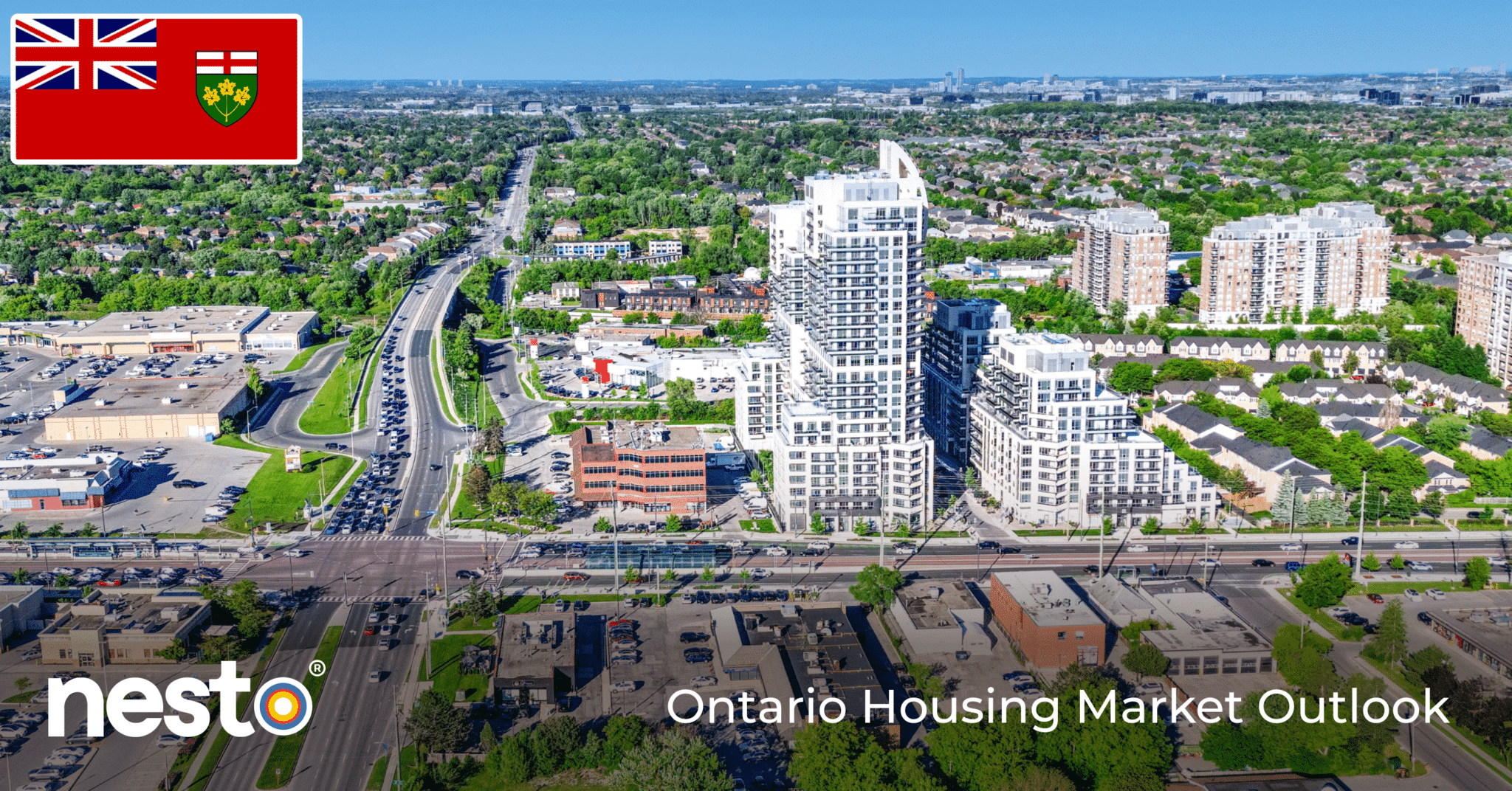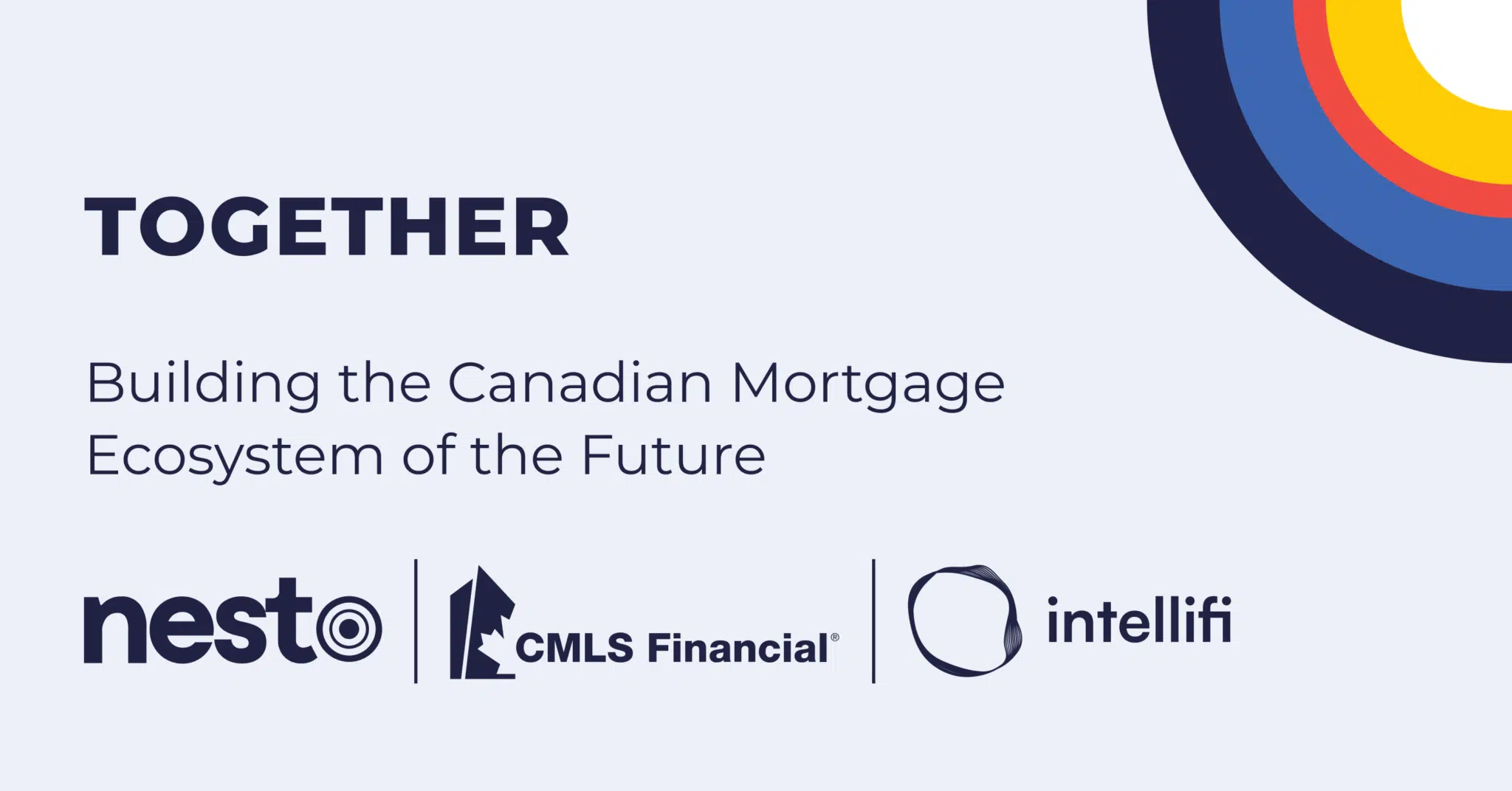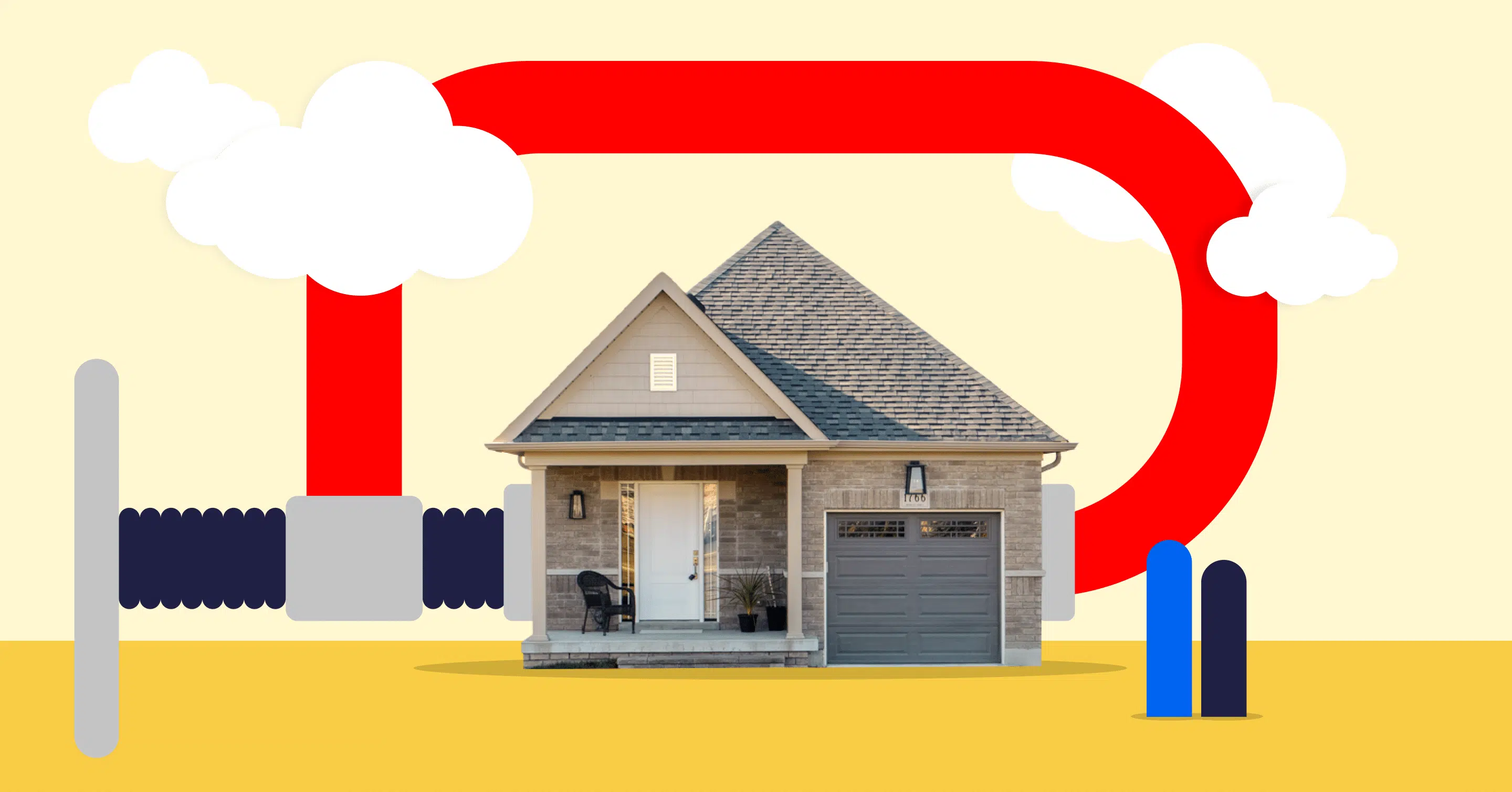Ontario Housing Market Outlook 2025

Table of contents
Ontario Market Report Summary
- The average selling price of a home in Ontario decreased by 6.3% year-over-year to $814,300 in May 2025.
- The average selling price of a single-family home in Ontario decreased by 6.3% year-over-year to $902,600 in May 2025.
- The average selling price of a townhouse/multiplex in Ontario decreased by 6.3% year-over-year to $654,500 in May 2025.
- The average selling price of a condo in Ontario decreased by 8.5% year-over-year to $541,400 in May 2025.
- The average rent in Ontario decreased by 4.0% year-over-year to $2,335 for May 2025.
- July 4, 2025: Today’s lowest mortgage rate in Ontario is
for a 5-year fixed.
Composite Home Prices
![]()
The average selling price of a home in Ontario was $814,300 for the month of May 2025, that’s increased by 0.1% compared to the previous month. On a year-over-year basis, Ontario home prices have decreased 6.3% over the last 12 months.
Single-family Home Prices
![]()
The average selling price of a single-family home in Ontario was $902,600 for the month of May 2025, that’s unchanged by 0.0% compared to the previous month. On a year-over-year basis, single-family home prices in Ontario have decreased by 6.3% over the last 12 months.
Townhouse and Multiplex Prices
![]()
The average selling price of a townhouse in Ontario was $654,500 for the month of May 2025, that’s decreased by 0.3% compared to the previous month. On a year-over-year basis, the price of a townhouse in Ontario has decreased by 6.3% over the last 12 months.
Condo Prices
![]()
The average selling price of a condo in Ontario was $541,400 for the month of May 2025, that’s decreased by 0.4% compared to the previous month. On a year-over-year basis, the price of a condo in Ontario has decreased 8.5% over the last 12 months.
We’re curious…
Ontario Housing Market Summary
Data from the Ontario Real Estate Association (OREA) indicates that the average price of resale residential homes sold across Ontario in May 2025 was $814,300, and it decreased of 6.3% compared to a year ago.
OREA indicates also reported a sales-to-new-listings ratio (SNLR) of 34%, indicating a buyers market in Ontario for May 2025.
Ontario Listings Surge While Sales and Prices Slide in May
According to new data from the Ontario Real Estate Association (OREA), the province’s housing market continued to cool in May 2025 as sales fell and inventory climbed sharply. A total of 17,242 residential properties changed hands across Ontario last month, representing a 6.7% decrease compared to May 2024. This marks one of the lowest May sales tallies in recent years, with activity sitting 20.4% below the five-year average and 23.5% below the 10-year benchmark.
Supply Rises to Highest May Level in Over a Decade
While demand slowed, supply moved in the opposite direction. New listings surged 10.4% year-over-year to 50,098, the highest May total in more than five years. Inventory continued to build, with 76,068 active listings on the market at the end of the month, a significant 21.7% increase from May 2024. This is the largest May inventory level in over a decade, reflecting a sharp shift away from the tight market conditions seen earlier in the cycle.
● May 2025 home sales: 17,242 units (–6.7% YoY)
● Average sale price: $861,719 (–3.6% YoY)
● New listings: 50,098 (+10.4% YoY)
● Active listings: 76,068 (+21.7% YoY)
● Months of inventory: 4.4 (vs. 3.4 last May)
● Total dollar volume: $14.9 billion (–10.1% YoY)
Home Prices Dip Again as Market Balance Shifts
The average resale price in Ontario was $861,719 in May, representing a 3.6% decrease from the same month the previous year. Year-to-date, the average price is $851,977, which is 3.5% lower than the same period in 2024. With rising inventory and softening demand, sellers have less leverage than in recent spring markets. The provincial market has shifted from a seller’s advantage to a more balanced, buyer-leaning dynamic, especially outside major urban cores.
Ontario vs. National Trends
Nationally, home sales dropped 4.3% year-over-year, and the national average price declined 1.8% to $691,299. Ontario’s figures are more pronounced, with sharper sales and price declines paired with a larger inventory build. The province’s housing market is currently under more pressure than many other regions, particularly due to affordability constraints, high mortgage rates, and an ongoing recalibration of buyer expectations.
Inventory and Months of Supply Signal Market Rebalancing
The months of inventory in Ontario rose to 4.4 by the end of May, up from 3.4 a year ago and now well above the long-term average of 2.4 for this time of year. This shift means properties are taking longer to sell and buyers are facing less competition. While bidding wars haven’t disappeared entirely, they’ve become far less common outside tight local submarkets.
Impact on Mortgages and Monetary Policy
Ontario’s housing cooldown reinforces the broader picture of subdued national housing activity and slowing inflation in shelter costs. This may support the Bank of Canada’s case for rate cuts later this year, especially if supply continues to outpace demand. For Ontario homebuyers, this environment presents a rare opportunity to negotiate, particularly in regions with surging inventory. Renewers should plan for rates to remain relatively elevated in the short term, while refinancers may find opportunities to access equity without facing inflated property valuations. If the BoC signals lower borrowing costs ahead, it could reignite interest in Ontario’s sidelined market by the fall.
Red hot rates impacting your housing market experience?
With nesto, you can get a low rate with a 150-day hold.
Month-over-Month Expectations for Ontario’s Housing Market
Transactions – Number of Sales
![]()
The number of sales in Ontario was 17,242 during May 2025, that’s increased by 21.0% compared to the previous month. On a year-over-year basis, sales in Ontario have decreased by 3.5% over the last 12 months.
New Listings
![]()
The number of new listings in Ontario was 50,098 during May 2025, that’s increased by 24.7% compared to the previous month. On a year-over-year basis, new listings in Ontario have increased by 15.3% over the last 12 months.
Real Estate Market
![]()
The sales-to-new-listings ratio (SNLR) in Ontario was 34% during May 2025, indicating a buyers market. On a monthly basis, that’s decreased by 2.9% compared to the previous month. Ontario’s yearly sales to new listings ratio has decreased by 16.3% over the last 12 months.
The sales-to-new-listings ratio (SNLR) measures the number of home sales compared to new listings. An SNLR under 40% suggests a buyer’s market in which buyers have the upper hand and more negotiating power. An SNLR between 40% and 60% is a balanced market, while an SNLR of over 60% is considered a seller’s market.
Annual Changes to Regional Composite Home Prices in Ontario
Annual Changes to the Composite Home Price in Ontario
Ontario Market Rents Summary
The average rent in Ontario was $2,335 for the month of May 2025, which decreased by 4.0% on a year-over-year basis.
The average rent for a bachelor apartment in Ontario was $1,762 for the month of May 2025, which decreased by 4.0% on a year-over-year basis.
The average rent for a 1-bedroom apartment in Ontario was $2,105 for the month of May 2025, which decreased by 4.0% on a year-over-year basis.
The average rent for a 2-bedroom apartment in Ontario was $2,553 for the month of May 2025, which decreased by 6.0% on a year-over-year basis.
The average rent for a 3-bedroom apartment in Ontario was $2,105 for the month of May 2025, which decreased by 6.0% on a year-over-year basis.
Red hot rates impacting your housing market experience?
With nesto, you can get a low rate with a 150-day hold.
How Does Renting Compare with Homeownership in Ontario?
Each $100,000 in mortgage balance costs an average of $521.15 per month on nesto’s lowest fixed 5-year rate at
Rental Price Changes by City
Rental Price Changes by Province
Rental Price Growth by Housing Type
We’re curious…
Frequently Asked Questions (FAQ) on Ontario Housing Market Outlook for 2025
Will Ontario’s housing prices increase in 2025?
Ontario’s housing market is expected to stabilize with modest price increases in 2025. Strong population growth, especially in cities like Toronto, Ottawa, Mississauga and Hamilton, will keep demand high. Limited housing supply and declining mortgage rates are key factors that may drive price recovery, particularly in urban and suburban markets.
Will Ontario’s housing market crash in 2025?
Experts believe a crash is unlikely, though certain regions may see minor price adjustments due to rising inventory. Persistent demand, fuelled by immigration and job growth, will continue to support housing values. A balanced market is more likely than a sharp decline.
How affordable will Ontario homes be in 2025?
Affordability in Ontario will remain challenging, especially in cities like Toronto, Markham, Mississauga, and Hamilton, which have above-average prices due to their location in the GTA. However, smaller markets like London and Windsor may offer better affordability for first-time buyers as prices stabilize.
What trends will drive Ontario’s housing market in 2025?
Key trends include declining mortgage rates, population growth, government initiatives to boost housing supply, and increasing demand for suburban and smaller urban areas.
How can I qualify for a mortgage in Ontario in 2025?
To qualify for a mortgage, assess current mortgage rates in Ontario and ensure you meet lender requirements, including the stress test (not required for straight mortgage transfer/switch renewals between NHA-approved lenders). A mortgage pre-approval or prequalification could give you a competitive edge as buyers re-enter the market.
Why Choose nesto
At nesto, our commission-free mortgage experts, certified in multiple provinces, provide exceptional advice and service that exceeds industry standards. Our mortgage experts are non-commissioned, salaried employees who provide impartial guidance on mortgage options tailored to your needs and are evaluated based on client satisfaction and advice quality. nesto aims to transform the mortgage industry by providing honest advice and competitive rates using a 100% fully digital, transparent, seamless process.
nesto is on a mission to offer a positive, empowering and transparent property financing experience – simplified from start to finish.
Contact our licensed and knowledgeable mortgage experts to find your best mortgage rate in Canada.
Ready to get started?
In just a few clicks, you can see our current rates. Then apply for your mortgage online in minutes!















